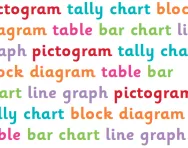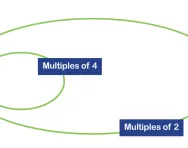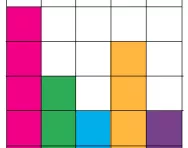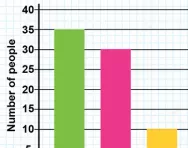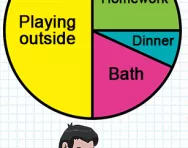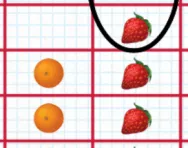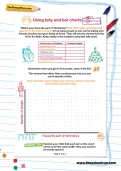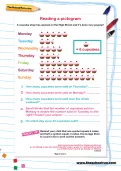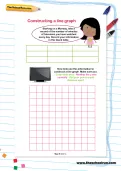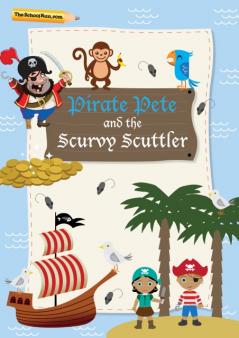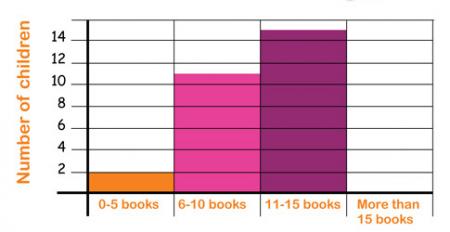Important update from TheSchoolRun
For the past 13 years, TheSchoolRun has been run by a small team of mums working from home, dedicated to providing quality educational resources to primary school parents. Unfortunately, rising supplier costs and falling revenue have made it impossible for us to continue operating, and we’ve had to make the difficult decision to close. The good news: We’ve arranged for another educational provider to take over many of our resources. These will be hosted on a new portal, where the content will be updated and expanded to support your child’s learning.
What this means for subscribers:
- Your subscription is still active, and for now, you can keep using the website as normal — just log in with your usual details to access all our articles and resources*.
- In a few months, all resources will move to the new portal. You’ll continue to have access there until your subscription ends. We’ll send you full details nearer the time.
- As a thank you for your support, we’ll also be sending you 16 primary school eBooks (worth £108.84) to download and keep.
A few changes to be aware of:
- The Learning Journey weekly email has ended, but your child’s plan will still be updated on your dashboard each Monday. Just log in to see the recommended worksheets.
- The 11+ weekly emails have now ended. We sent you all the remaining emails in the series at the end of March — please check your inbox (and spam folder) if you haven’t seen them. You can also follow the full programme here: 11+ Learning Journey.
If you have any questions, please contact us at enquiries@theschoolrun.com. Thank you for being part of our journey it’s been a privilege to support your family’s learning.
*If you need to reset your password, it will still work as usual. Please check your spam folder if the reset email doesn’t appear in your inbox.
Diagrams, tables and charts
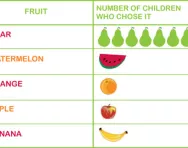
Throughout primary school, your child will be taught to display results and explain results in charts, tables, diagrams – what's known as data handling.
Explore teacher-made diagrams, tables and charts resources
Whether it is reading coordinates on a grid, drawing bar charts, using Venn diagrams, recording results in a tally chart, sorting with a Carroll diagram or interpreting information on a block graph, a line graph or pictogram, in this section of the site you'll find all the information you need to help your child interpret and present data and solve maths problems using the correct type of chart, table or diagram.
Dive into a worksheet covering the National Curriculum data handling objectives for your child's school year. Whether it is using a Carroll diagram to sort information in Year 2 or complex Venn diagrams in Year 6, we'll have a downloadable or interactive resource to help support all numeracy learning at school that involves collecting and reporting data.
Tutorials
Worksheets
Search all Diagrams, tables and charts worksheets by year
Data handling practice... the pirate way!
You'll find sixty pages of statistical puzzle activities for KS2 children in our data handling learning pack, Pirate Pete and the Scurvy Scuttler.
Exclusively available to TheSchoolRun subscribers, the skills covered include working with:
- Tally charts
- Venn diagrams
- Bar charts
- Pie charts
- Finding the mode, median, mean and range
- Pictograms
- Line graphs
but there are plenty of planks to walk, doubloons to find, pirate battles to win and parrots to deal with on the way!
Data driven
Find lots of worksheets to help your child learn how to handle data. Here are a few that are good to start with:
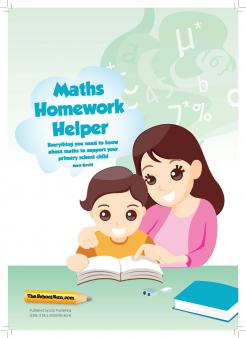
Maths Homework Helper eBook
Created by author, deputy headteacher and parent Matt Revill, Maths Homework Helper brings together everything you need to get to grips with this vital subject and life skill. With it, you can support your child's maths learning effectively at home – from Reception Year, right through to the end of Year 6.
With Matt's help, you’ll discover how to tackle all the different topics your child will encounter – from addition and subtraction, to ratios and percentages – and get familiar with all the latest methods used in schools, including:
- Chunking
- The grid method
- Number bonds
- Carroll diagrams
- Number lines
- And more!
Whatever age or stage your child is at, it's reassuring to know that you have all the essential areas of maths under your belt, so you're ready to go if, and when, they call on you for help.
